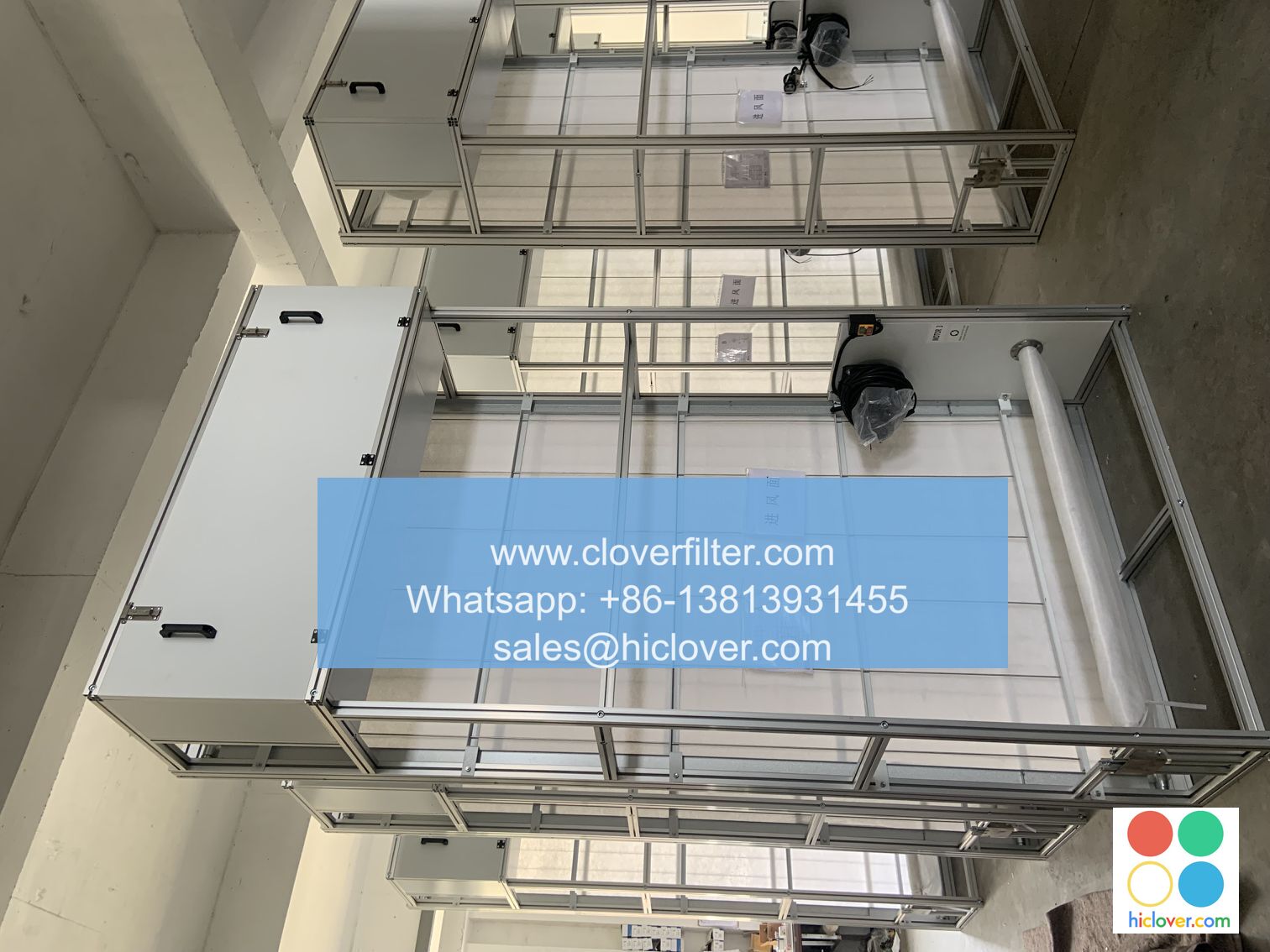The Lowdown on Filter Material Rolls for HVAC Systems

The Lowdown on Filter Material Rolls for HVAC Systems
In the world of heating, ventilation, and air conditioning (HVAC) systems, filter material rolls play a crucial role in maintaining indoor air quality and system efficiency. These rolls are designed to capture airborne contaminants, allergens, and pollutants, ensuring a healthy and comfortable environment for occupants. In this article, we’ll delve into the world of filter material rolls, exploring their benefits, applications, and key considerations for selection.
Filter material rolls are designed to capture airborne contaminants, including dust, pollen, pet dander, and other particles as small as 0.3 microns. These rolls are typically made from synthetic or natural fibers, such as fiberglass, polyester, or cotton, which are woven or pleated to increase their surface area. The material is then wound onto a core or roll, allowing for easy installation and replacement.
Filter material rolls offer several benefits for HVAC systems, including:
- Improved Indoor Air Quality: By capturing airborne contaminants, filter material rolls help maintain a healthy and comfortable indoor environment.
- Increased System Efficiency: Clean filters reduce the workload on HVAC systems, leading to increased efficiency and lower energy bills.
- Extended System Life: Regular filter replacement helps prevent system damage and reduces the risk of costly repairs.
Filter material rolls are suitable for a wide range of HVAC applications, including:
- Residential Systems: Filter material rolls are commonly used in residential HVAC systems to capture airborne contaminants and maintain indoor air quality.
- Commercial Systems: Commercial buildings, such as offices, schools, and hospitals, rely on filter material rolls to maintain a healthy and comfortable environment.
- Industrial Systems: Industrial facilities, such as manufacturing plants and warehouses, use filter material rolls to capture airborne contaminants and reduce system downtime.
- Data Centers: Data centers and server rooms require high-efficiency filters to maintain a clean and controlled environment, ensuring optimal system performance.
When selecting filter material rolls, consider the following key factors:
- Filter Efficiency: Choose filters with high efficiency ratings (e.g., MERV 13 or higher) to capture a high percentage of airborne contaminants.
- Filter Size: Ensure the filter size matches the HVAC system’s specifications to ensure proper installation and airflow.
- Filter Media: Select filters made from durable, easy-to-clean materials that can withstand repeated cleaning and replacement.
- Certifications: Look for filters certified by organizations such as ASHRAE, ISO, or UL to ensure compliance with industry standards.
In conclusion, filter material rolls play a vital role in maintaining indoor air quality and system efficiency in HVAC systems. By understanding the benefits, applications, and key considerations for filter material roll selection, system designers and operators can make informed decisions to ensure optimal system performance and indoor air quality.
You’ve entered a blank prompt! That’s a great opportunity for me to get creative.
What would you like to talk or learn about? Do you have a specific topic in mind, or would you like me to suggest something? I can provide information on a wide range of topics, from science and history to entertainment and culture. Let me know how I can assist you!

